Beautiful Plants For Your Interior
13 Vegetables to Grow in a Small Garden
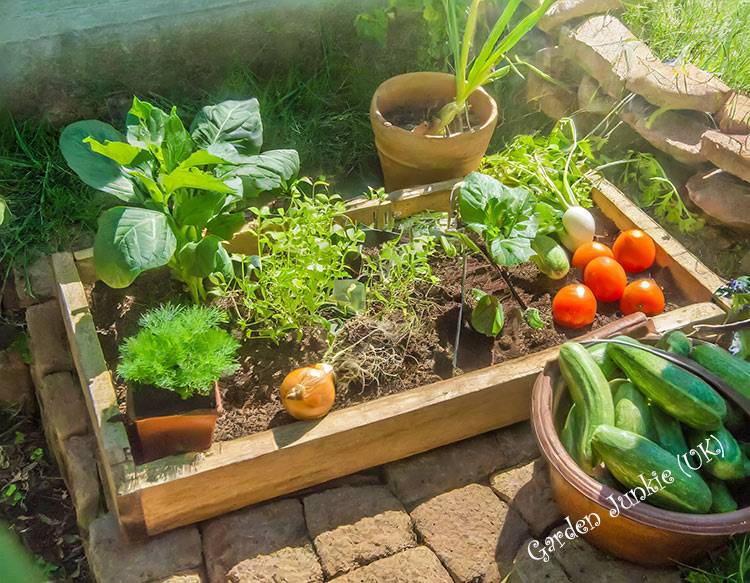
Growing your vegetables can be a rewarding experience, even if you have a small garden. If you are thinking about the vegetables to grow in a small garden you have come to the right place for help.
When it comes to gardens and gardening in a small space though, especially for vegetables choosing the right vegetables is essential for a successful harvest. Fortunately, many vegetables are well-suited for small gardens, making it possible to enjoy a bountiful harvest even with limited space. From compact varieties of tomatoes and peppers to leafy greens and herbs, there are plenty of options for small-space gardeners to consider.
One of the key factors to keep in mind when selecting vegetables for a small garden is the space available. Compact and dwarf varieties of vegetables are ideal for maximising space without sacrificing yield. Additionally, vertical and raised bed gardening techniques can be employed to make the most of limited space, allowing for a diverse selection of vegetables to be grown in a small area.
In the following post, we will explore some of the best vegetables to grow in a small garden, along with tips for maximising space and ensuring a successful harvest.
Six Tips For Vegetables to Grow In a Small Garden
Start Small
Don’t try to grow too many vegetables at once. It’s better to start with a few easy-to-grow crops and gradually increase the number of plants you grow as you gain experience.
Grow Vegetables You Like to Eat.
There’s no point in growing vegetables that you don’t enjoy. Choose vegetables that you’ll be excited to eat and that you’ll use in your cooking.
Choose Vegetables That Are Easy to Grow
Many vegetables are easy to grow in a small garden, even if you don’t have a lot of experience gardening. Some good choices for beginners include lettuce, carrots, beans, and peas.
Grow Vegetables That Are Different From What You Usually See at The Supermarket
There are many interesting and delicious vegetables that you can grow in your garden. Some examples include kale, chard, and beetroot.
Use Containers
Containers are a great way to grow vegetables in a small space. You can grow vegetables in pots, window boxes, or even hanging baskets.
Be Patient
It takes time for vegetables to grow. Don’t get discouraged if your plants don’t start producing right away. Just be patient and keep watering, checking for pests and caring for them.
Vegetables to Grow in a Small Garden – Give These a Try
Here are some specific vegetables that are good choices for small gardens:
Vegetables to Grow in a Small Garden:
Shallots
Runner or French Beans
Purple Sprouting Broccoli
Mangetout
Cherry Tomatoes
Courgettes
Early Potatoes
Beetroot
Garlic
Lettuce
Early Carrots
Kale
Chard and Spinach
Edible Flowers
Herbs
Shallots
Shallots are a member of the Allium family, just like onions. They are easy to grow and can be harvested in as little as 80 days.
They are known for their mild, sweet flavour and are commonly used in cooking to add depth and complexity to various dishes. Shallots are characterised by their small size and elongated shape, with brown papery skin and off-white flesh. They are easy to grow from sets or seeds from January through to April, then harvest during late summer.
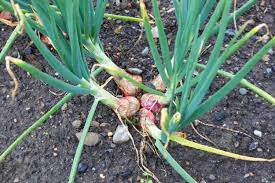
Runner or French Beans
Runner beans are long, slender beans that can be grown in a variety of climates. They are a delicious addition to salads and stir-fries.
One of the key characteristics of runner beans is their vibrant green colour and long, slender shape. They are a rich source of vitamins and minerals, including vitamin C, vitamin K, and fibre, making them a healthy choice for any diet.
In addition to their nutritional benefits, runner beans are relatively easy to grow, making them a popular choice for home gardeners. Sow in April – June, harvest July to first frosts.
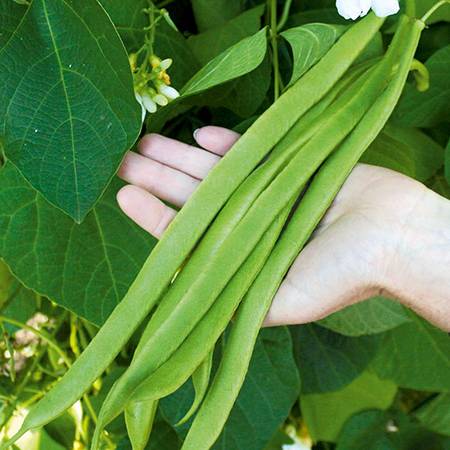
Purple Sprouting Broccoli (PSB)
PSB is a type of broccoli that is grown for its tender shoots. PSB is a delicious addition to salads and stir-fries.
Known for its vibrant purple florets and tender stalks, this variety of broccoli adds a pop of colour and a unique flavour to a wide range of dishes. Whether steamed, roasted, or sautéed, purple sprouting broccoli is a versatile ingredient that can elevate any meal.
Purple sprouting broccoli is packed with essential nutrients, including vitamins A, C, and K, as well as fibre and antioxidants. Sow in March to harvest in early winter, or from April to mid-June for harvesting from January to May.
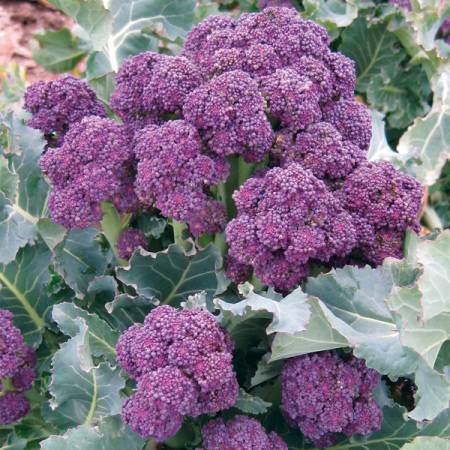
Mangetout
Mangetout, also known as snap peas or sugar snap peas, are a type of pea that is harvested and eaten while the pods are still young and tender. These flat, edible pods contain small, sweet peas inside and are a popular addition to many culinary dishes.
This versatile vegetable is rich in nutrients such as vitamin C, vitamin K, and fibre, making it a healthy choice for any diet. Its crisp texture and sweet flavour make it a favourite for stir-fries, salads, and side dishes.
The best time to sow is around February, and harvest from June.
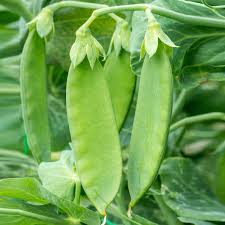
Cherry Tomatoes
Cherry tomatoes are small, sweet tomatoes that are a good choice for gardeners with limited space. Known for their sweet flavour and vibrant colour.
These miniature tomatoes are a versatile ingredient in both raw and cooked dishes, and their sweet flavour makes them a favourite for fresh salsas, pasta sauces, and bruschetta.
Cherry tomatoes come in a variety of colours, including red, yellow, and orange, adding visual appeal to dishes.
You can sow them in February through to April, Then harvest July through to September.

Courgettes
Courgettes are summer squash that can be grown in a variety of climates.
These tender vegetables are often used in both savoury and sweet dishes, adding a subtle, fresh taste to a variety of recipes. Whether grilled, sautéed, or baked, courgettes are a nutritious and delicious addition to any meal.
Courgettes are low in calories and packed with essential nutrients such as vitamin C, vitamin K, and potassium.
You can sow courgettes in April through to June, and start harvesting them in June through to September.
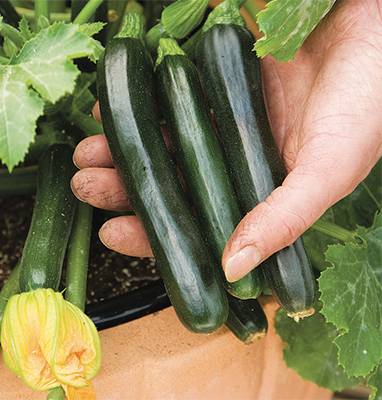
Early Potatoes
New or early potatoes grow well in bags or containers, Early potatoes are a good choice for gardeners who want to harvest their potatoes early in the season. They are normally ready to harvest in around 80 days.
Early potatoes are prized for their tender skins and creamy texture, making them a popular choice for culinary use. Due to their early harvest, they are often smaller and have a sweeter flavour than fully matured potatoes.
Early potatoes are versatile in various dishes, from salads to side dishes and beyond. You can plant them in March; around 80 days later, it will be time to harvest them.
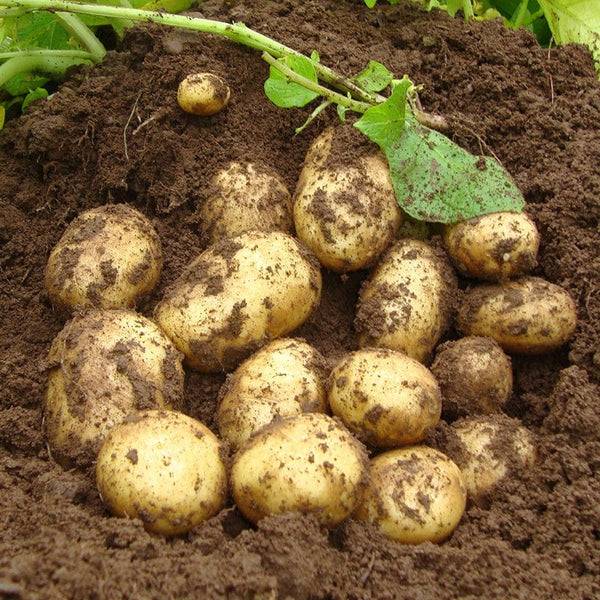
Beetroot
Beetroot is a root vegetable that is grown for its sweet, earthy flavour. It is a good source of vitamins and minerals, and it can be eaten raw, roasted, or pickled.
Also known as beets, beetroot is a nutritious and versatile root vegetable that is widely used in culinary applications around the world. Known for its deep red colour and earthy flavour, beetroot is a staple ingredient in salads, soups, and side dishes.
Sow in March through to July, and harvest from June through to October.

Garlic
Cultivated for centuries, garlic is renowned for its versatility and ability to enhance the flavour profile of diverse cuisines. Whether fresh, roasted, or minced, its robust taste adds a savoury dimension to dishes.
Garlic is another member of the Allium family, and it is also easy to grow. Garlic cloves can be planted in the autumn or early spring, and they will be ready to harvest in about 6 months.

Lettuce
Lettuce is a widely cultivated cool-weather vegetable that thrives in a variety of climates. Its versatility and adaptability make it a popular choice for home gardeners
It is a good source of vitamins A and K, and with a mild flavour and crisp texture, lettuce serves as a refreshing addition to salads, contributing to its widespread culinary appeal.
Sowing takes place from March through to September, and harvesting starts around May through to November.

Early Carrots
Early carrots, also known as baby carrots, are a young and tender variety of carrots harvested before reaching full maturity. Due to their early harvest, they are often smaller in size and offer a delightful addition to salads, side dishes, and snacks
Early carrots are a good choice for gardeners who want to harvest their carrots early in the season. They are ready to harvest in about 60 days.
Sow around February or March but undercover, or outside from April to early July. You can harvest from May onwards.
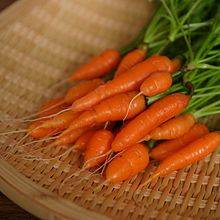
Kale
Kale is a leafy green vegetable that has gained widespread popularity for its exceptional nutritional value and versatile culinary uses, in recent years, Kale has emerged as a superfood. Dwarf varieties can be grown in smaller gardens.
Packed with vitamins, minerals, and antioxidants, kale is celebrated for its potential health benefits.
From salads to smoothies, Kale’s robust flavour and hearty texture make it a favoured ingredient in a variety of dishes.
Sow your seeds in spring and in autumn, Kale matures in around 50 to 60 days from planting.

Chard and Spinach
Chard and Spinach are two nutrient-rich leafy greens that offer a wealth of culinary and nutritional benefits. Both are renowned for their versatility in cooking and their potential to enhance the flavour and nutritional profile of various dishes.
Chard, with its colourful stems and earthy leaves, provides a unique visual and gustatory appeal, while spinach, with its tender leaves, offers a mild and adaptable flavour suitable for a wide range of recipes.
Sow your seeds from March through to July, and harvest all year.
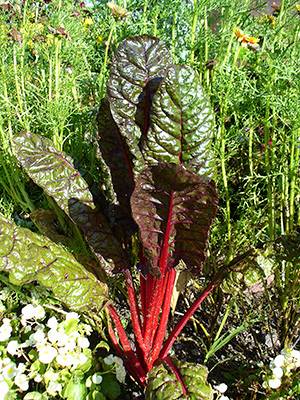
Edible Flowers
Edible flowers have been used in culinary practices for centuries, adding a delightful and visually appealing touch to various dishes.
From vibrant nasturtiums to fragrant roses, a wide array of flowers offer unique flavours and textures that can elevate both sweet and savoury recipes.
When appropriately sourced and prepared, these blooms can introduce a creative and artistic dimension to culinary creations.
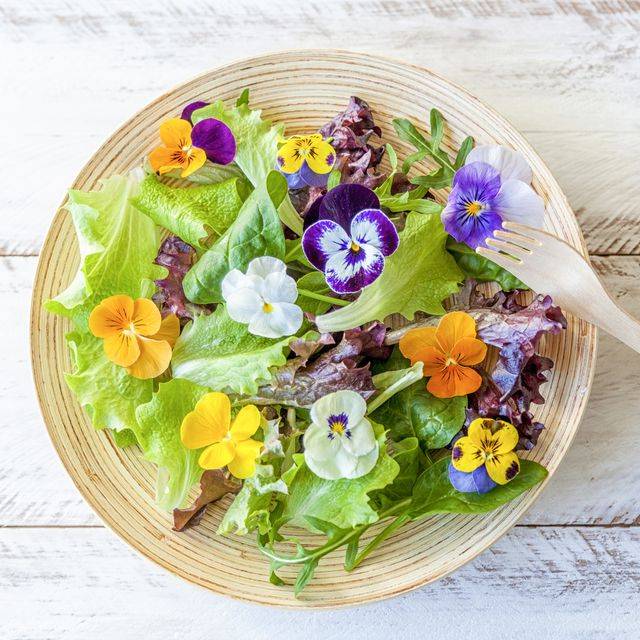
Herbs
Herbs are a diverse group of plants that are valued for their culinary, medicinal, and aromatic properties.
From basil and mint to rosemary and thyme, herbs offer a spectrum of flavours and fragrances that can enhance a wide range of dishes.
Whether used, fresh or dried, herbs infuse dishes with distinct tastes and aromas, adding depth and complexity to culinary creations.

Soils Preparation
One crucial point when growing any plants, including vegetables is the importance of soil preparation and fertilisation and this practice can be a little easier when growing vegetables in a small garden. This is a critical step in getting your garden off to a good start, as it will ensure that your plants have the correct nutrients they need to thrive.
Here Are Some Tips For Preparing And Fertilising Your Small Vegetable Garden:
- Test your soil: This will tell you the pH level of your soil and what nutrients it is lacking.
- Amend your soil: If your soil is too acidic or alkaline, you will need to amend it with lime or sulfur, respectively. You may also need to add compost or other organic matter to improve the soil’s structure.
- Fertilise your soil: Apply a balanced fertiliser to your soil in the spring and autumn. You can also use a slow-release fertiliser that will release nutrients over time.
By following these tips, you can ensure that your small vegetable garden is well-prepared to grow healthy and productive plants.
